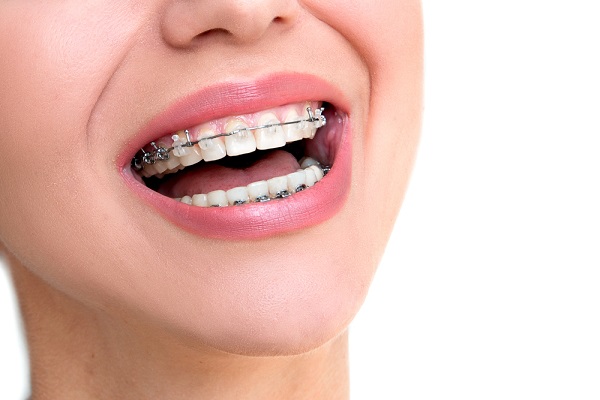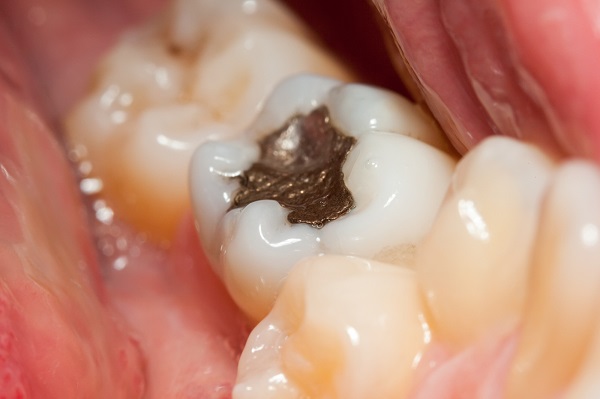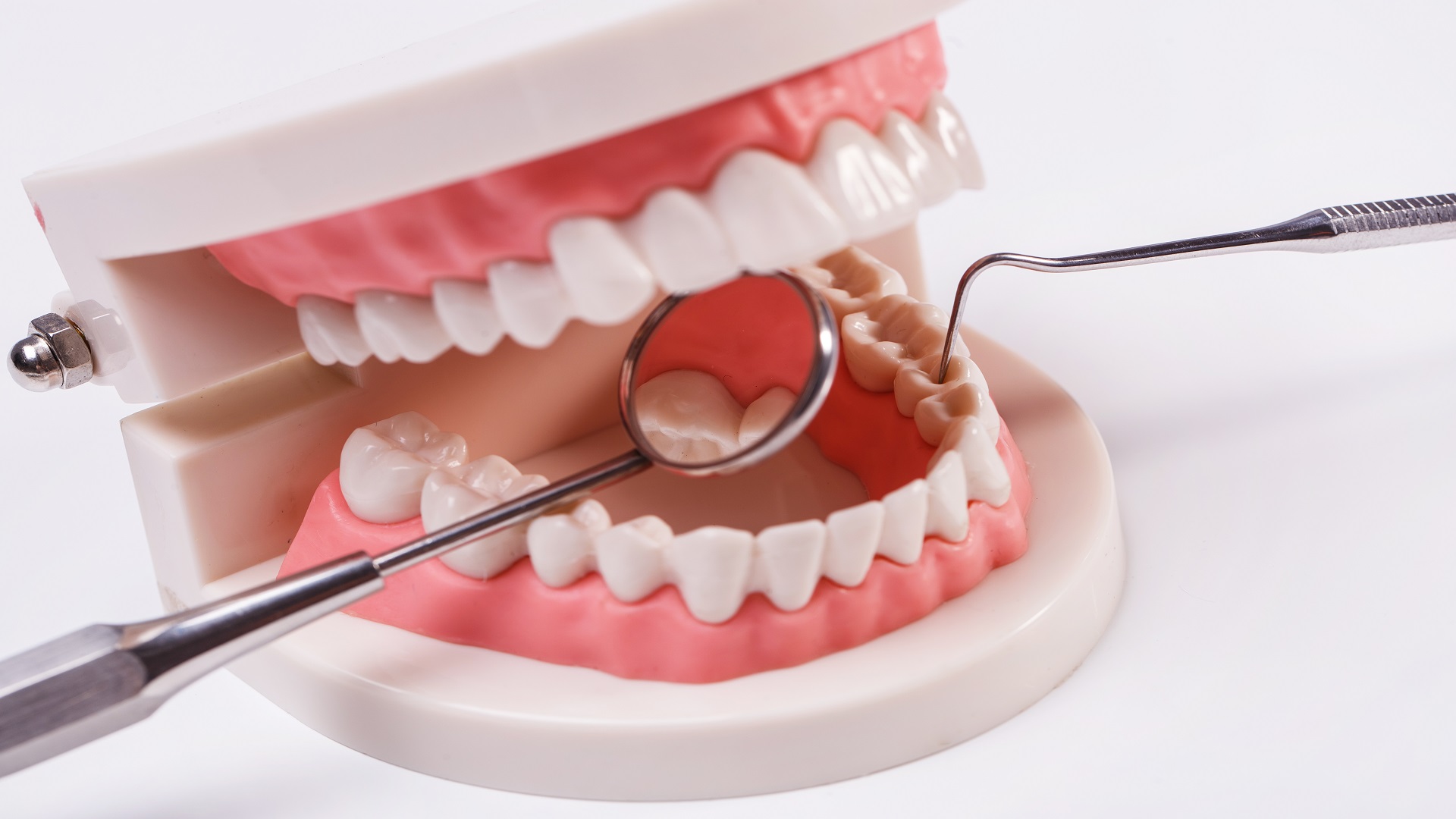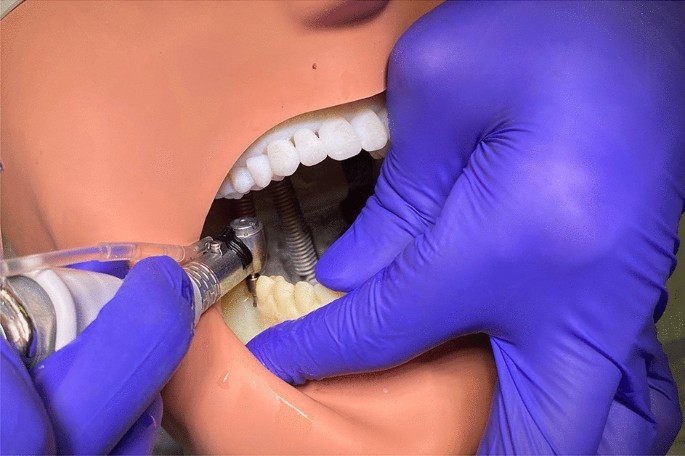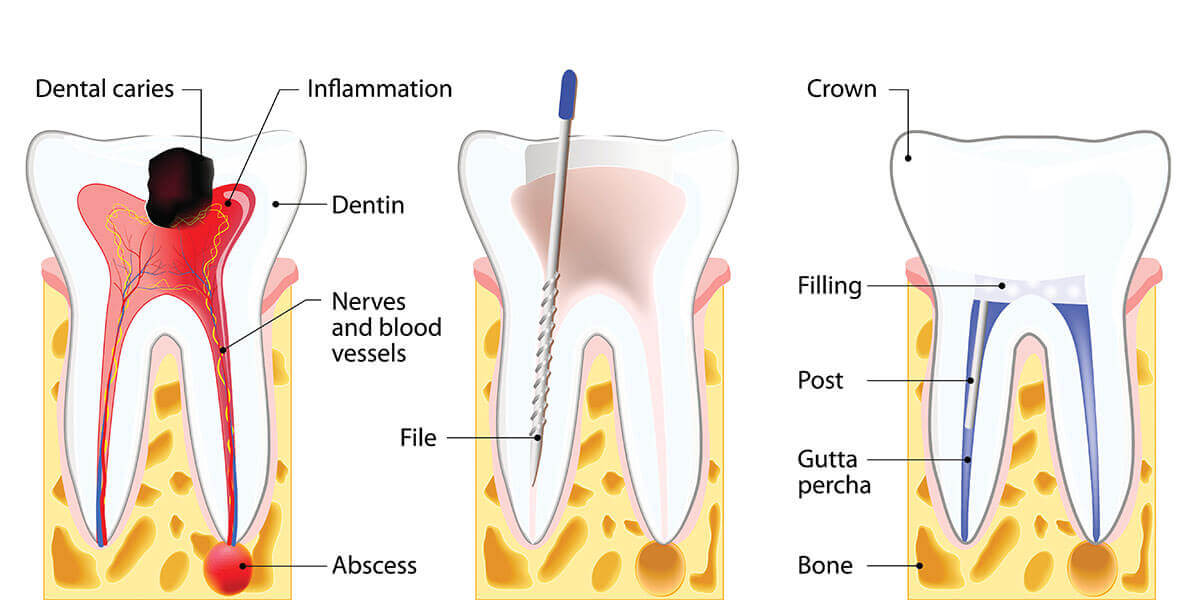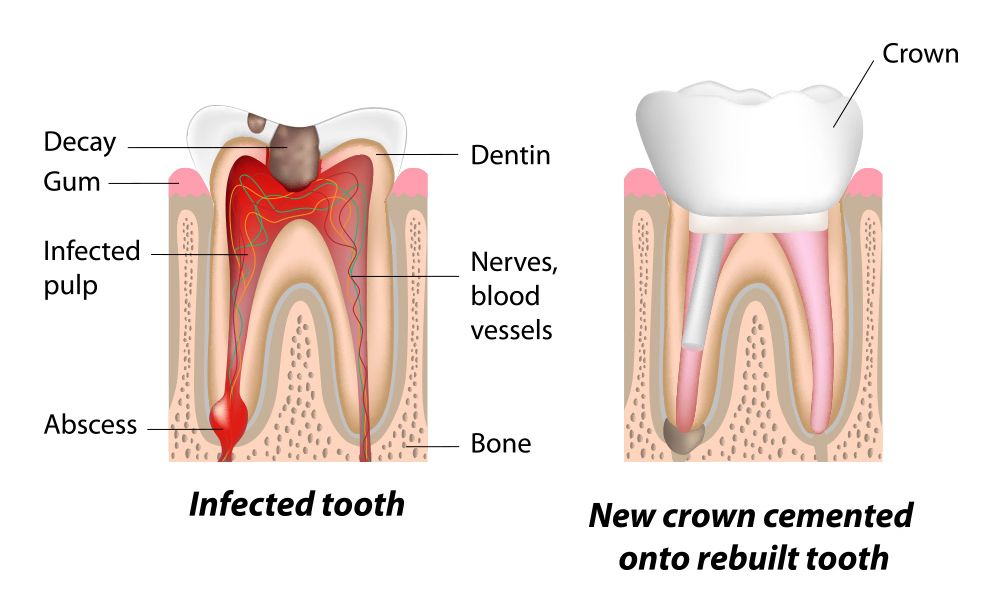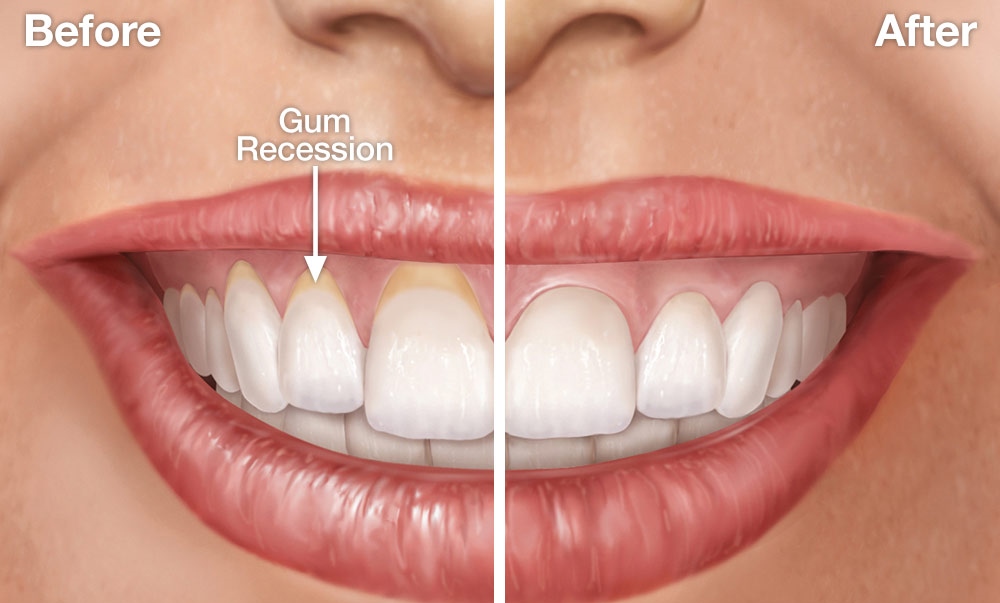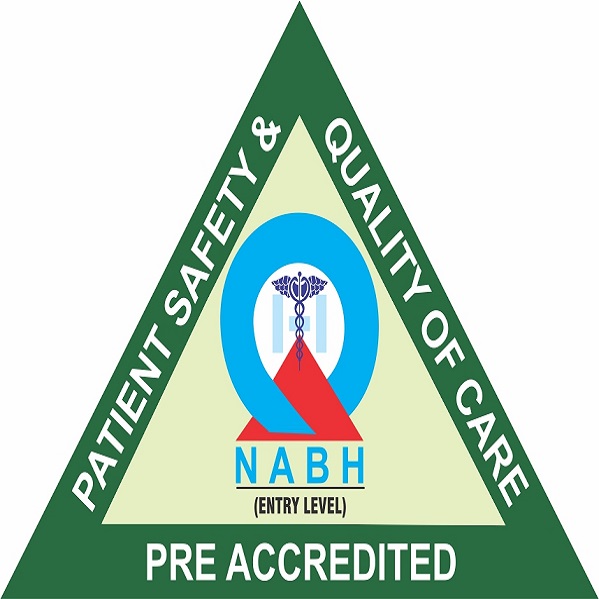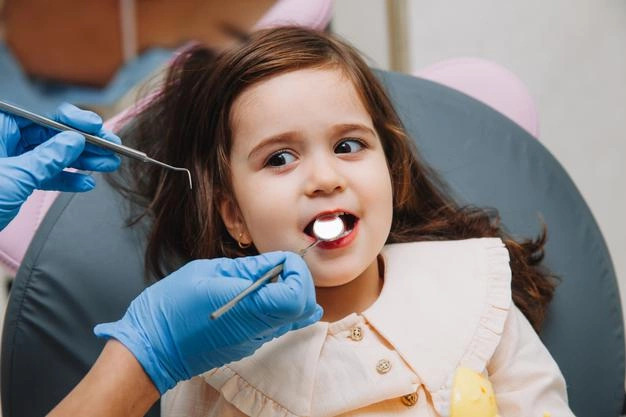
Introduction:
As parents, we often underestimate the significance of baby teeth, thinking they are mere placeholders for the permanent set to come. However, maintaining the health of baby teeth is crucial for a child’s overall well-being and sets the foundation for a lifetime of good oral health. Dr. Rohit Agrawal, a leading pediatric dentist, sheds light on the importance of baby teeth and the role of pediatric dental care in preventing and addressing cavities.
The Significance of Baby Teeth:
Baby teeth, also known as primary teeth, serve essential functions beyond simply aiding in chewing. They contribute to speech development, help maintain proper spacing for permanent teeth, and play a crucial role in the overall facial structure. Neglecting the health of baby teeth can lead to a cascade of issues that may affect a child’s oral health and general development.
The Vulnerability of Baby Teeth to Cavities:
Contrary to popular belief, baby teeth are not immune to cavities. In fact, they are particularly vulnerable due to factors like diet, oral hygiene practices, and the thinner enamel on baby teeth. Cavities in baby teeth can cause discomfort, affect nutrition, and even impact the development of permanent teeth. Dr. Agrawal emphasizes that early intervention is key to preventing and addressing cavities in baby teeth.
The Role of Pediatric Dental Care:
Pediatric dental care goes beyond routine check-ups; it involves a proactive and preventive approach to ensure the optimal oral health of children. Dr. Agrawal advocates for the following aspects of pediatric dental care:
- Early Dental Visits: The American Academy of Pediatric Dentistry recommends a child’s first dental visit by their first birthday or within six months of the eruption of the first tooth. Early visits allow dentists to monitor oral development, provide guidance on proper oral hygiene practices, and identify and address any emerging issues.
- Preventive Measures: Fluoride treatments and dental sealants are effective preventive measures against cavities. Fluoride strengthens enamel, making teeth more resistant to decay, while sealants act as protective barriers on the chewing surfaces of molars.
- Educating Parents: Dr. Agrawal emphasizes the role of parents in maintaining their child’s oral health. Educating parents about the importance of a balanced diet, proper oral hygiene practices, and the impact of habits like thumb-sucking can contribute significantly to preventing cavities.
- Gentle and Positive Experiences: Creating a positive and comfortable environment during dental visits is crucial in fostering a child’s trust and reducing anxiety. Pediatric dentists are trained to handle the unique needs of children, ensuring a positive experience that encourages regular dental care.
Conclusion:
Dr. Rohit Agrawal underscores the importance of recognizing baby teeth as integral to a child’s overall health. By prioritizing pediatric dental care and addressing cavities in baby teeth promptly, parents can set the stage for a lifetime of healthy smiles. As a trusted advocate for pediatric oral health, Dr. Agrawal’s insights serve as a guide for parents seeking to provide the best possible care for their children’s dental well-being.
For more info. please visit : https://www.ahrihospital.com/


